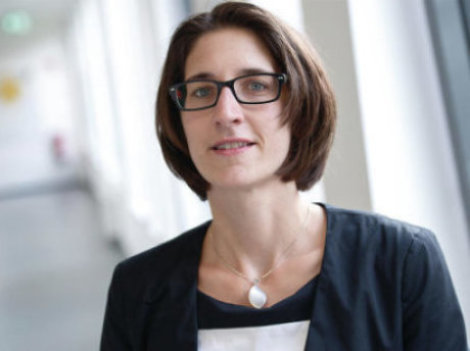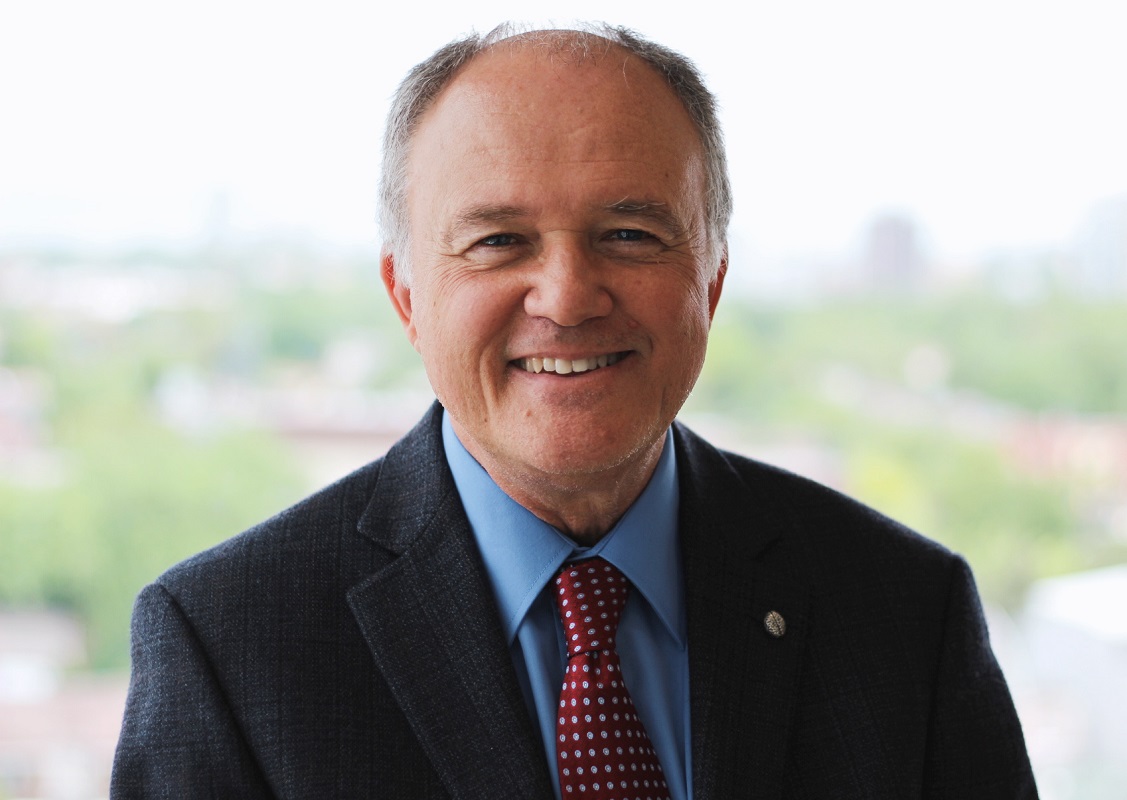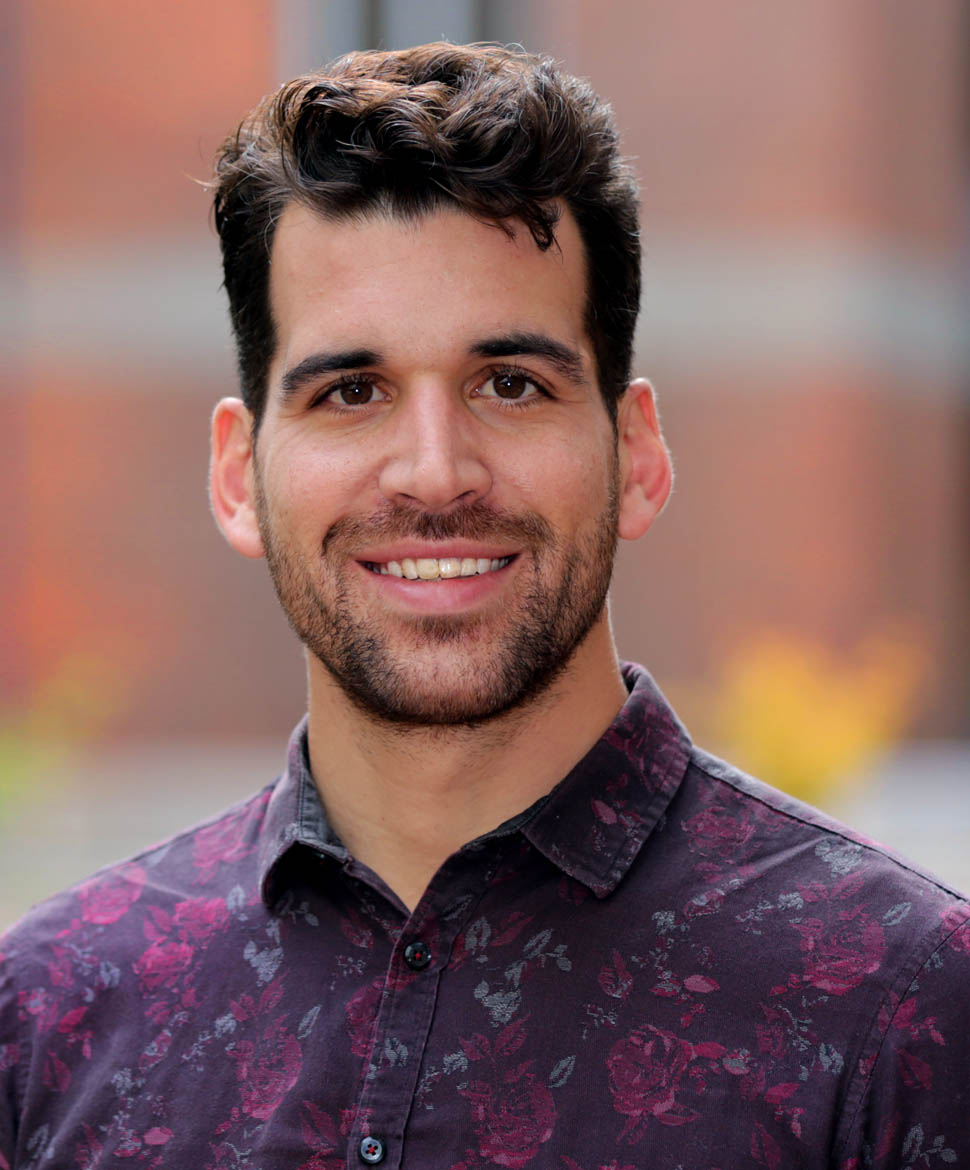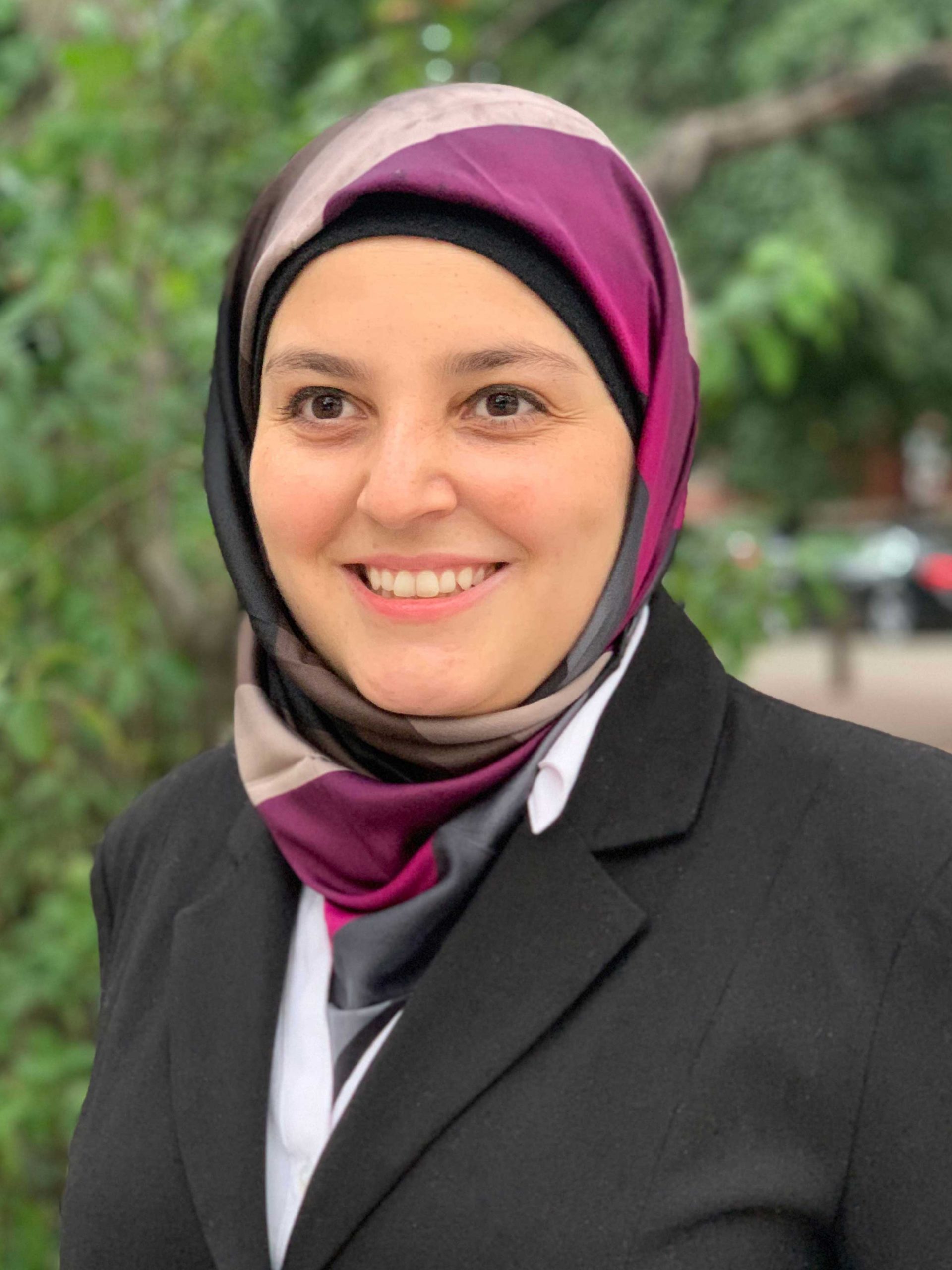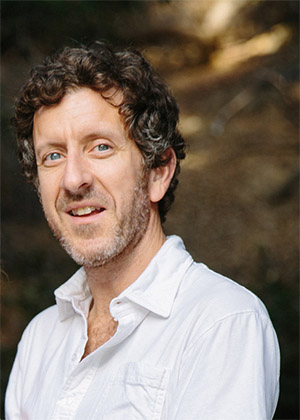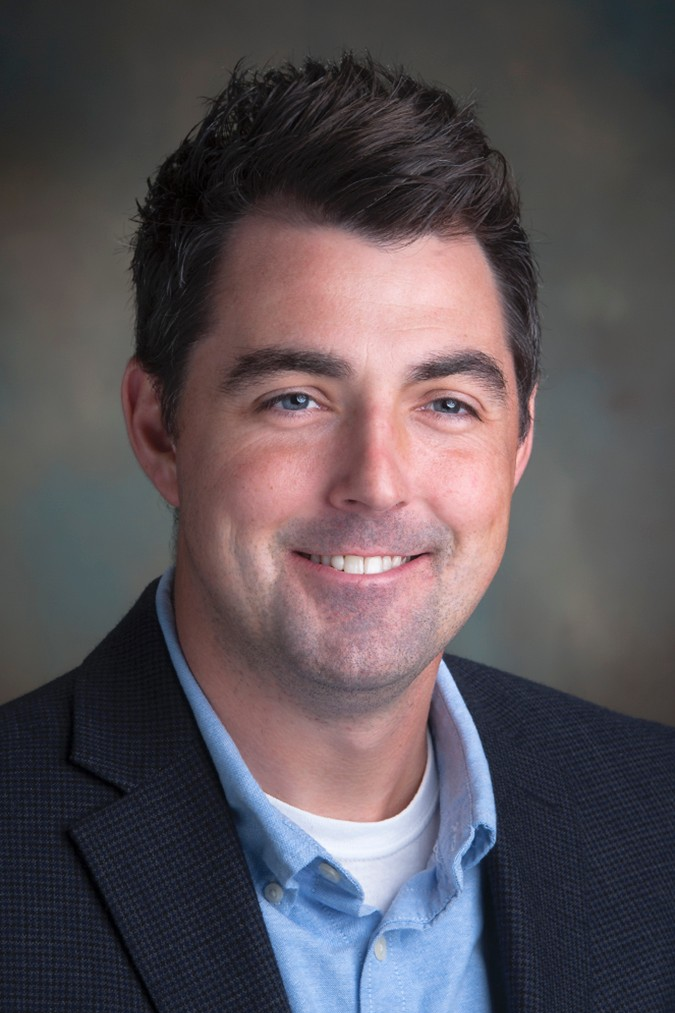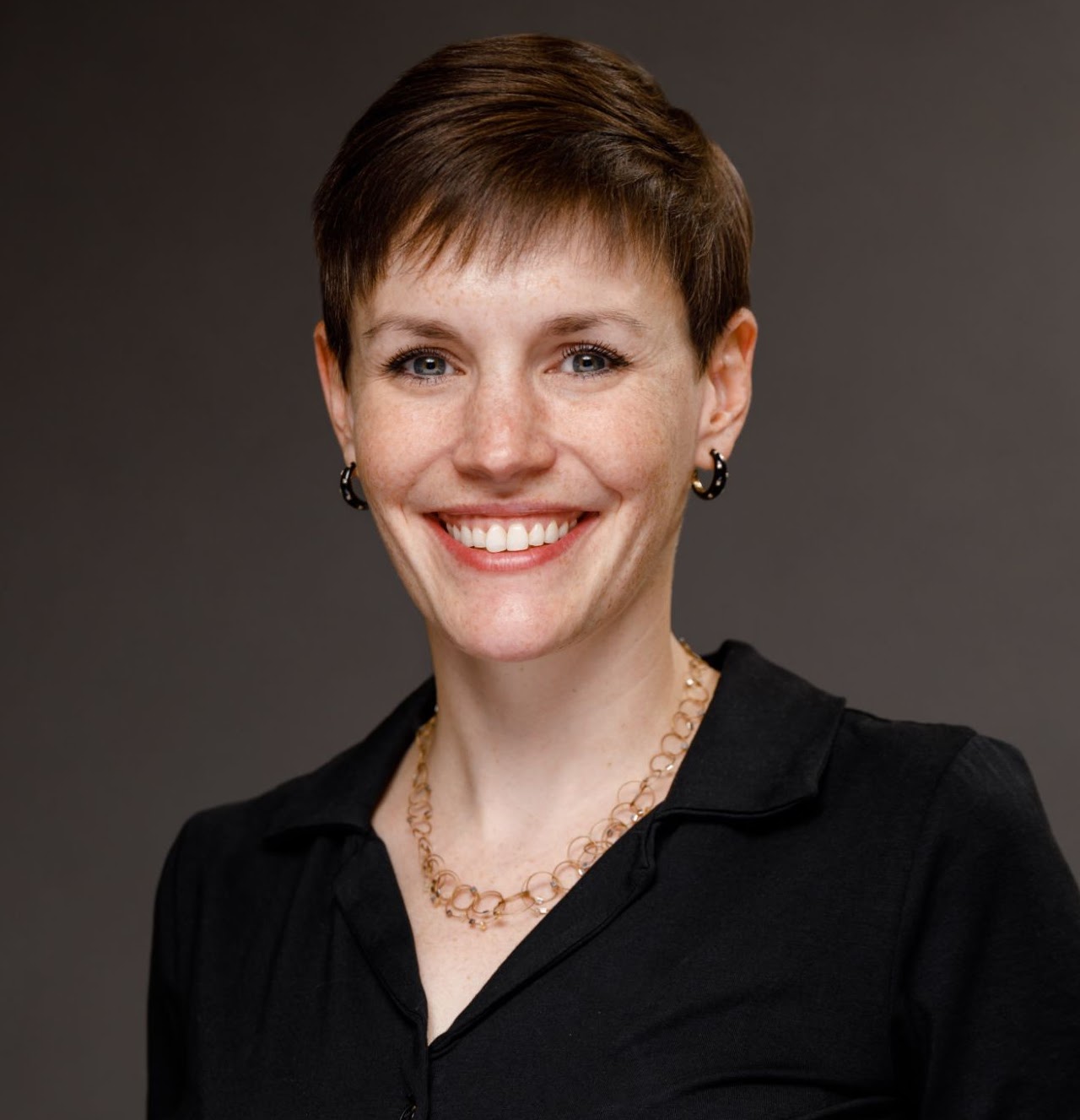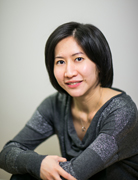“Chemical Cartography in Organic Chemistry: Mapping Chemical Structure and Reaction Space with High-Throughput Multivariate Experimentation”
Monday, October 16
11:30 a.m.
Engineering Computer Science Building, Room 116
and Zoom https://uvic.zoom.us/j/83657240884?pwd=3pDZp5892dS4gsAKoaplX1t2j9kgbh.1

Abstract: Despite more than a century of modern organic chemistry research, the art and practice of synthesizing complex organic molecules is actually remarkably unchanged from how it was carried out in the early 1900s: reactions are optimized through an iterative and often Edisonian approach using single batch experiments carried out in round-bottomed flasks, varying one factor at a time, and then scaled-up using larger versions of small-scale equipment. While this has yielded world-altering insights and products that have improved the lives of billions, continued progress in the field requires new, more efficient techniques and tools to enable a deeper understanding of chemical space, and result in practical and robust methodology amenable to large-scale production.
The central theme of the Leitch lab research program is the exploration of uncharted chemical space, both in terms of new chemical matter and reactivity and mechanism, with the goal of addressing two of the most important problems facing organic chemistry:
1) How do we predict chemical reactivity in a quantitative manner, and use these predictions to develop more efficient transformations?
2) How can we efficiently synthesize complex organic molecules, especially those with novel structural features?
In the Leitch lab, we tackle these challenges by combining modern high-throughput tools and multivariate techniques with physical organic chemistry principles and organometallic chemistry. This talk will provide a progress update on how we have done since 2019 in meeting the goals set out in my 2017 proposal.

